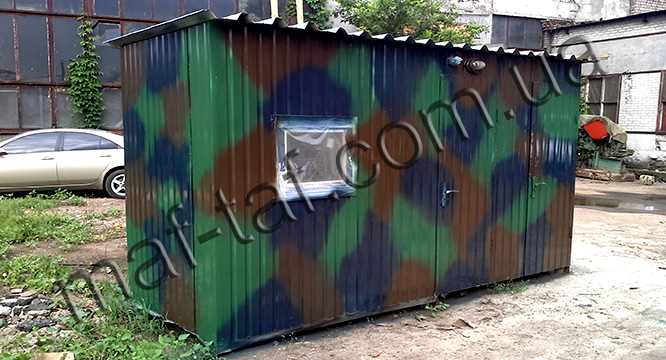The cheapest implementation of SAF: Economic solutions for urban space
Introduction
Small architectural forms (SAF) are an important part of modern urban infrastructure. They perform a variety of functions: from commercial pavilions to places for recreation. However, one of the key requirements when designing SAF is their cost-effectiveness. Budget solutions can significantly reduce the cost of project implementation, while not compromising on aesthetics and functionality.
In this article, we will consider ways to reduce the cost of implementing SAF without losing quality, as well as examples of successful economic solutions.
1. Use of modular structures
Modular designs are one of the most popular options for reducing the price of SAFs. Their main advantage is that such structures consist of individual blocks that are easily assembled and can be adapted to different needs. This significantly reduces the cost of construction materials and shortens the installation time.
The main advantages of modular SAFs:
- Low cost of production;
- Quick assembly and disassembly;
- Possibility of easy modernization or increase in area;
- Mobility – modular designs can be moved to another location.
2. Use of inexpensive materials
Materials play a key role in the cost of implementing SAF. To reduce the cost of the project, you can use more affordable options, in particular:
- Metal structures: Metal, especially light alloys, is a durable and cheap material that is widely used in the construction of SAFs.
- Polycarbonate: A lightweight, weather-resistant material ideal for decking, canopies and walls.
- Composite materials: the combination of wood, plastic and other components allows you to create aesthetic and durable elements at an affordable price.
3. Unification and standardization
Unified solutions make it possible to reduce the costs of designing and manufacturing SAFs. The use of standard parts and structures reduces the volume of individual development and allows the production of a larger number of objects in a short period of time. For example, the same modules can be used to create both commercial kiosks and recreation areas.
4. Simplified forms and minimalist design
Complex architectural solutions require more production and installation costs. Therefore, it is advisable to use simple and functional forms that minimize the number of parts and materials for budget SAFs. The minimalist design not only makes implementation cheaper, but also looks modern, which is well received in the urban environment.
5. Savings on finishing materials
Exterior decoration is one of the main items of expenditure in the manufacture of SAF. To reduce the cost, you can use simpler solutions:
- Painting of metal or wood;
- Use of plastic or composite panels;
- Inexpensive facade coverings that have an aesthetic appearance and do not require large costs.
6. Use of ready-made projects
Instead of spending time and money on the development of individual projects, many companies offer ready-made solutions for SAFs. This significantly reduces the cost and speeds up the construction process. Ready-made projects are adapted to various needs — from commercial kiosks to park benches and gazebos.
7. A rational approach to the foundation
The foundation of the SAF can be made of more economical materials or be absent at all if the structure is temporary. For example, screw piles or reinforced concrete blocks can be used for light structures. This makes it possible to significantly reduce construction costs.
Conclusion
The cheapest implementation of SAF is possible due to a competent combination of available materials, modular solutions, standardization and minimalist design. It is important to maintain a balance between economy and quality, so that the final result is not only functional, but also aesthetically attractive and durable.
Economic SAFs are not only a budgetary solution, but also a tool for the development of modern urban spaces that meet the needs of the public and contribute to the development of infrastructure.
